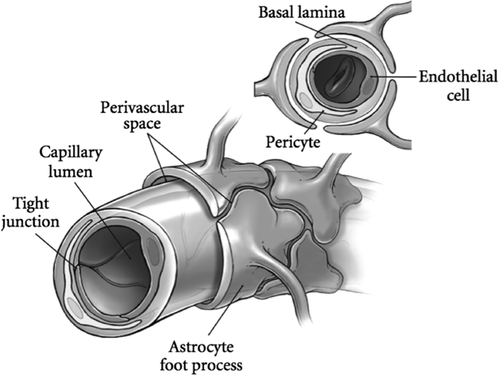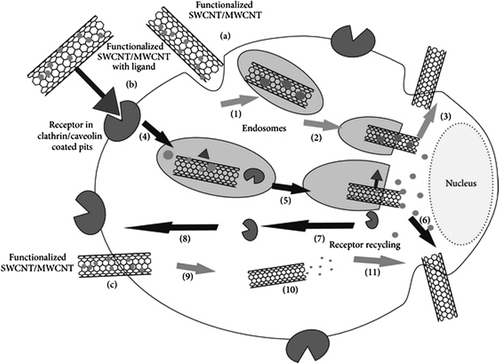Figures & data
Table I. Main characteristics of GBM.
Table II. Examples of nanotechnology-based delivery systems for the treatment of GBM.


